
-
Tetramethyldisiloxane (TMDSO) CAS :3277-26-7
Name: 1,1,3,3-Tetramethyldisiloxane CAS number: 3277-26-7 Molecular formula: C4H14OSi2 Molecular weight: 134.32 EINECS number: 221-906-4 Mol file: 3277-26-7.molTags : TMDSO Tetramethyldisiloxane CAS :3277-26-7 factory price Tetramethyldisiloxane raw material Tetramethyldisiloxane High quality Tetramethyldisiloxane
-
Sodiumhexamethyldisilazane CAS :1070-89-9 (CAS :1070-89-9)
Name: Sodium bis (trimethylsilyl) amide CAS number: 1070-89-9 Molecular formula: C6H18NNaSi2 Molecular weight: 183.37 EINECS number: 213 983-8 Mol file: 1070-89-9.molTags : Sodiumhexamethyldisilazane NAHMDZ CAS :1070-89-9 Cost price Sodiumhexamethyldisilazane High quality Sodiumhexamethyldisilazane Sodiumhexamethyldisilazane from Factory
-
Hexamethyldisilylurea CAS:18297-63-7 (BSU )
Name: 1,3-Bis (trimethylsilyl) urea CAS number: 18297-63-7 Molecular formula: C7H20N2OSi2 Molecular weight: 204.42 EINECS number: 242-177-9 Mol file: 18297-63-7.molTags : BSU CAS:18297-63-7 Hexamethyldisilylurea High pruity Hexamethyldisilylurea Cost price Hexamethyldisilylurea Hexamethyldisilylurea from factory
-
Trimethylchlorosilane (TMCS) CAS :75-77-4
Name: Chlorotrimethylsilane CAS number: 75-77-4 Molecular formula: C3H9ClSi Molecular weight: 108.64 EINECS number: 200-900-5 Mol file: 75-77-4.molTags : Trimethylchlorosilane CAS :75-77-4 TMCS Trimethylchlorosilane from factory Cost price Trimethylchlorosilane High purity Trimethylchlorosilane
-
Trimethylethoxysilane CAS :1825-62-3
Name: Ethoxytrimethylsilane CAS number: 1825-62-3 Molecular formula: C5H14OSi Molecular weight: 118.25 EINECS number: 217-370-6 Mol file: 1825-62-3.molTags : Trimethylethoxysilane TMES CAS :1825-62-3 Trimethylethoxysilane from factory factory direct sale Trimethylethoxysilane capping agent
-
Dimethyldimethoxysilane CAS1112-39-6 DMDMS
Specification English name: Dimethyldimethoxysilane CAS number: 1112-39-6 Molecular formula: C4H12O2Si Molecular weight: 120.22 EINECS number: 214 189 4 Mol file: 1112-39-6.mol Applications As a structural control agent, chain extender, and filler treatment agent, it is widely used in the treatment of organic silica gel and white carbon black Purpose As a structural control agent, chain extender, and filler treatment agent, it is widely used in the treatment of organic silica gel and white carbon black. This product is used as a structural control agent and chain extender to improve mechanical processing performance, extend the storage time of rubber blends, and can replace hydroxyl silicone oil for use. Widely used in the treatment of organic silicone and white carbon black Purpose Dimethyldimethoxysilane is used as a structural control agent and chain extender to improve mechanical processing performance, extend the storage time of rubber blends, and can replace hydroxy silicone oil. Widely used in the treatment of organic silicone and white carbon black.Tags : Dimethyldimethoxysilane CAS1112-39-6 DMDMS fast delievery Dimethyldimethoxysilane factory direct sale Dimethyldimethoxysilane quality service Dimethyldimethoxysilane
-
Iodotrimethylsilane CAS:16029-98-4 (TMIS)
Properties of trimethyliodosilane Melting point<0 ° C Boiling point 106 ° C (lit.) Density 1.406 g/mL at 25 ° C (lit.) Refractive index n20/D 1.471 (lit.) Flash point − 25 ° F Storage conditions -20 ° C Solubility Reacts Form Liquid Specific gravity 1.47 Clear colors to reddish Water solubility reactions Sensitivity: Moisture&Light Sensitivity Hydrolysis sensitivity 8: Reacts quickly with moisture, water, protoc solvents BRN 1731136 Stability Sensitivity (Reactive) InchiKey CSRZQMIRAZTJOY-UHFFFFAOYSA-N CAS Database 16029-98-4 (CAS DataBase Reference) NIST Chemical Information Iodotrimethylsilane (16029-98-4) EPA Chemical Information Silane, iodotrimethyl - (16029-98-4)Tags : CAS:16029-98-4 TMIS Iodotrimethylsilane fast delievery Iodotrimethylsilane factory direct sale Iodotrimethylsilane quality service Iodotrimethylsilane
-
Hexamethyldisilane CAS:1450-14-2 (HMD)
Properties of Hexamethyldisilane Melting point 9-12 ° C (lit.) Boiling point 112-114 ° C (lit.) Density 0.715 g/mL at 25 ° C (lit.) Refractive index n20/D 1.422 (lit.) Flash point 29 ° F Storage conditions Store at<=20 ° C Sol common organic solvents; Insul H2O Form liquid Specific gravity 0.729 Colorless Insoluble in water Double in alcohol, ether and acetone Hydrolysis sensitivity 1: no significant reaction with acute systems BRN 1633463 Stability InchiKey NEXSMEBSBIABKL-UHFFFAOYSA-N CAS Database 1450-14-2 (CAS DataBase Reference) NIST Chemical Substance Information Disilane, hexagonal - (1450-14-2) EPA Chemical Substance Information Disilane, hexagonal - (1450-14-2)Tags : Hexamethyldisilane CAS:1450-14-2 HMD Factory direct sales Hexamethyldisilane fast delievery Hexamethyldisilane Quality service Hexamethyldisilane
-
Hexamethyldisiloxane CAS:107-46-0
Introduction: Hexamethyldisiloxane (silicone ether, MM sealing agent) is a colorless and transparent liquid that is prone to deliquescence. Insoluble in water, soluble in various organic solvents. Used as silicone oil, silicone rubber, pharmaceuticals, gas chromatography stationary liquids, analytical reagents, hydrophobic agents, etc. Obtained by hydrolysis of trimethylchlorosilane. The physical properties of hexamethyldisiloxane colorless and transparent liquids. Easily deliquescent, flammable, and in contact with high heat, open flames, and strong oxidizing agents, there is a risk of combustion. Boiling point 99.5 ℃. Flash point -1.1 ℃. Relative density (d2525) 0.7606. The refractive index is 1.3750. Insoluble in water, soluble in various organic solvents. Hexamethyldisiloxane is an important primary organic silicon raw material, often used as a capping agent in the production of silicone oil, or as a cleaning agent for silicone rubber, pharmaceuticals, gas chromatography stationary liquids, analytical reagents, hydrophobic agents, and medical electronic components. The Si O-Si bond in the molecular chain structure of hexamethyldisiloxane has a high chemical bond energy (460 5 kJ/mol), the polysiloxane prepared from it as a sealing agent has good thermal and chemical stability.Tags : Hexamethyldisiloxane CAS:107-46-0 METHYL Hexamethyldisiloxane from factory Organic silicon primary raw material
-
Hexamethyldisilazane(HMDZ) CAS NO: 999-97-3
Product name: Hexamethyldisilazane(HMDZ) CAS NO: 999-97-3 Assay: 99% Instruction for use: organic intermediate MF:C6H19NSi2 EIENECS NO:213-668-5Tags : Hexamethyldisilazane Quality service Hexamethyldisilazane CAS NO: 999-97-3 HMDZ Fast delivery Hexamethyldisilazane Factory direct sales Hexamethyldisilazane
-
Prothioconazole CAS NO.178928-70-6
Product Name:prothioconazole CAS NO. 178928-70-6 Payment:T/T Min order:1000kg Lead time:7-15 daysTags : 178928-70-6 Prothioconazole High purity Prothioconazole Fungicide Prothioconazole High effective Prothioconazole Factory price Prothioconazole
-
2-Hydroxyethyl acrylate CAS NO :818-61-1
Hydroxyethyl acrylate is used as an additive for lubricating oil washing in the oil and fat industry, and as a dehydrating agent for electron microscopes in the electronics industry. Adhesives used in the textile industry to manufacture fabrics. In addition, it is used as a chemical reagent in analytical chemistry and also as an embedding agent for water solubility. Place 108g (1.5mmol) of acrylic acid, 88g (2mol) of ethylene oxide, and 2g (0.019mol) of triethylamine used for the production of 2-hydroxyethyl acrylate in a 1L high-pressure vessel, heat at 70 ℃, and stir for 12 hours. After heating, cool it to room temperature, and then distill the resulting reaction mixture under reduced pressure (64 71 ° C/0.3KPa) to obtain 164g (1.41mol; yield 94%) of hydroxyethyl acrylate. Hydroxyethyl acrylate is used as an active diluent and crosslinking agent in radiation curing systems, as well as as as a resin crosslinking agent, plastic, and rubber modifier.
 call us :
call us :  send a message :
send a message : 









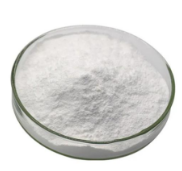
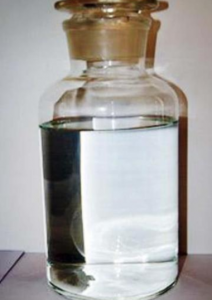
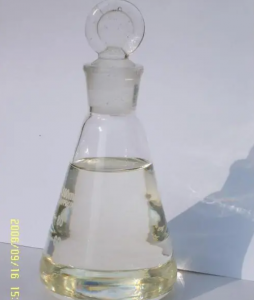
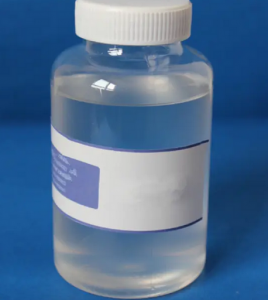
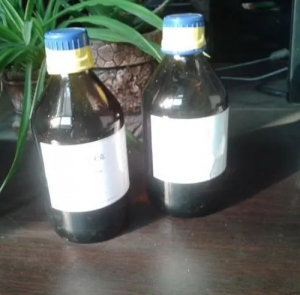
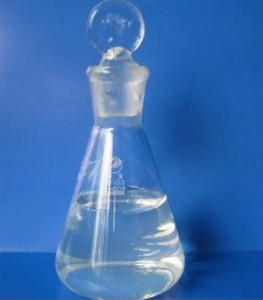

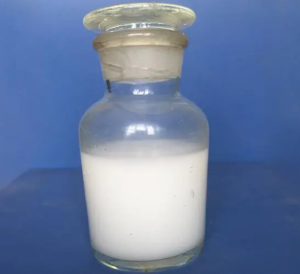
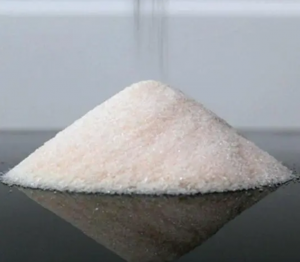
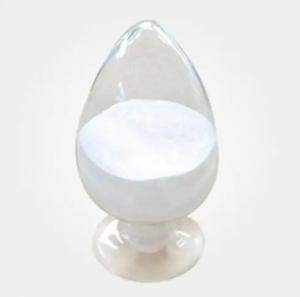

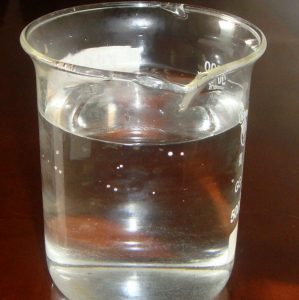
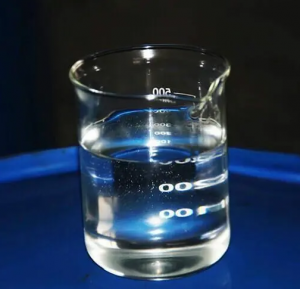
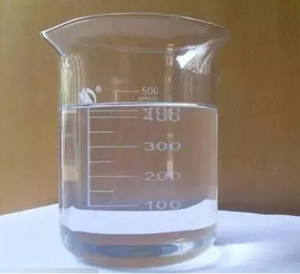
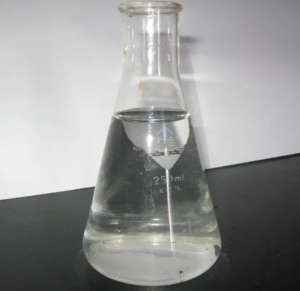
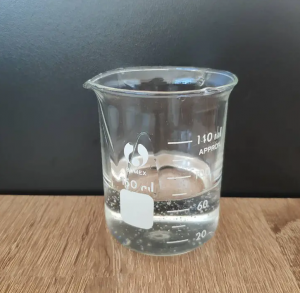
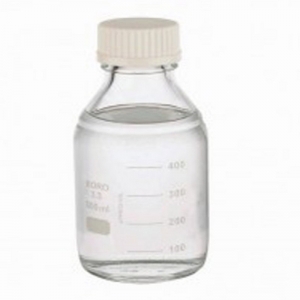
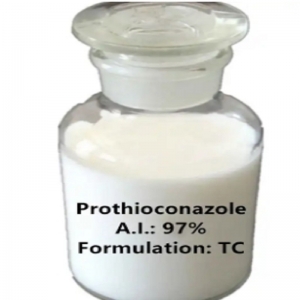


 online service
online service


